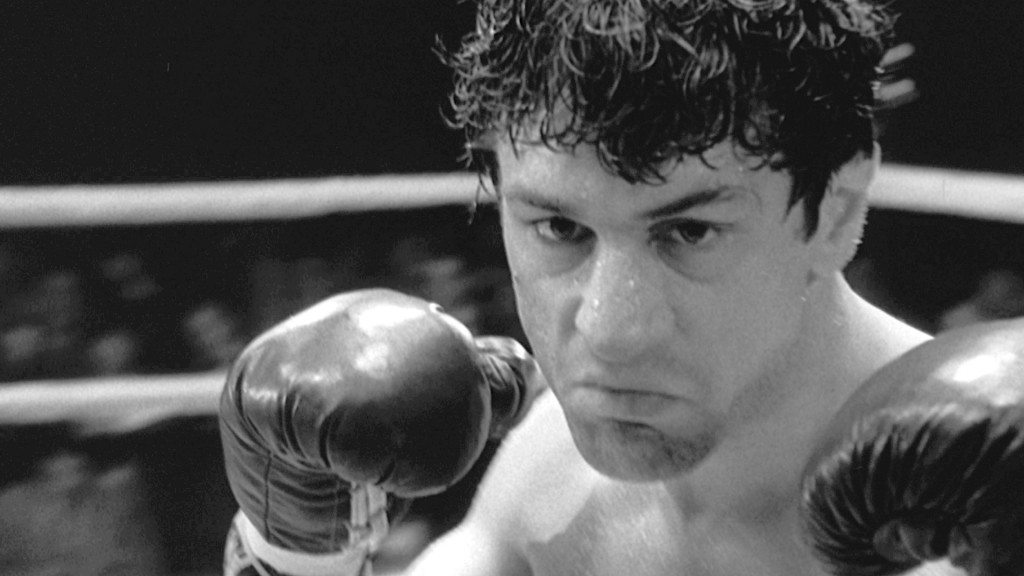The freedom directors knew in the 1970s was taken away in the 1980s, as a result of several major bombs at the box office that left studios gasping for survival. One of them went bankrupt, undone by the constant rising costs of Michael Cimino’s ‘Heaven’s Gate’ (1980) which all in cost nearly fifty million dollars. Incredibly, it was not the cost of the film that ended the freedom of filmmakers, it was Cimino’s blatant disregard for the very fair requests and questions of the producers and studio executives; his arrogance, and terrible self-indulgence in his quest to make his film, seeming to have no regard nor respect for the executives funding his film. His behavior was repellent and earned him no friends.
The man had just won the Academy Award and DGA Awards for Best Director for ‘The Deer Hunter’ (1978) and overnight, everyone wanted to be in Cimino’s business. When his massive four-hour Western opened in late 1980 and was pulled from release the next day, he became a leper no one wanted to know. He could not get a job, he could not get a film financed, no one wanted him. He was finished in Hollywood, having bankrupted United Artists, having displayed unspeakable arrogance towards the studio chiefs. Ironically, I would argue Cimino’s direction of ‘Heaven’s Gate’ (1980) surpassed that of ‘The Deer Hunter’ (1978), but the staggering indulgence and length killed him.
With studios now hyper-cautious about spending, directors were forced to work with the budgets given, something that had been done before the seventies and would be done again. It seemed each of the major new filmmakers had a huge flop to contend with, some coming sooner than later. They learned how to work with a budget, those that did not, did not work. It was as simple as that.
Scorsese, Spielberg and Woody Allen had continued success in the 1980s but all around them, they watched their friends fall, sometimes rise again, then fall. In addition to Cimino, Francis Ford Coppola had the crushing flop ‘One from the Heart’ (1982), while George Lucas would produce the massive failure ‘Howard the Duck’ (1986). Brian De Palma would be in the era with back to back thrillers, ‘Dressed to Kill’ (1980) and ‘Blow Out’ (1981), the first a huge hit, the second a masterpiece piece but box office failure, throwing the director into a tailspin from which he would not recover until ‘The Untouchables’ (1987). Woody Allen maintained his film a year pace, sometimes two, managing to hold on to exceptional freedom from the studios because he made his films cheaply, actors dropped their price to work with him, and his pictures always were awards-bait.
New and outstanding filmmakers emerged including the strange David Lynch, whose worked almost always had a touch of the surrealistic within, his finest film being and still remaining ‘Blue Velvet’ (1986). Barry Levinson stepped behind the camera after years of writing and proved to have a delicate touch with actors in films such as ‘Diner’ (1982) and his Oscar winner ‘Rain Main’ (1988). Robert Zemeckis, a Spielberg protégé, proved to have the golden touch with audiences as well as critics with his blockbusters ‘Romancing the Stone’ (1983), ‘Back to the Future’ (1985) and best of all ‘Who Framed Roger Rabbit’ (1988) which would win four Academy Awards and should have seen him nominated for Best Director. Bombastic, unsubtle writer Oliver Stone, the Oscar winner for his ‘Midnight Express’ (1978) screenplay earned an Oscar for Best Director for his masterwork about Vietnam, ‘Platoon’ (1986) which came along at the right time, ending the comic mentality that had taken hold in that nasty war. Writer Lawrence Kasdan best known for his script for ‘Raiders of the Lost Ark’ (1981) directed a stunning noir as his debut, ‘Body Heat’ (1981), that was a powerful film, dripping in sexuality and darkness.
More and more actors began stepping into the director’s role, some were brilliant, some not. The best ones, Warren Beatty for ‘Reds’ (1981) and Clint Eastwood for ‘Pale Rider’ (1985) proved they could indeed have a second career with no issue, others such as Sylvester Stallone proved not.
Though the decade began with some tough news for directors and a grand loss of financial freedom, the best of them recovered just fine, working with what they had, creating art and box office hits. While it was happening, the 1980s were a frustrating time for directors and audiences, but in hindsight appear to have been a strong period for movies and filmmakers. More and more women were stepping behind the camera and doing excellent work; Randa Haines, Barbra Streisand, Kathryn Bigelow and Penny Marshall among them, but it was not until the 1990s that another woman would be an Oscar nominee for Best Director and still many years before a woman would hold a Best Director Oscar.

